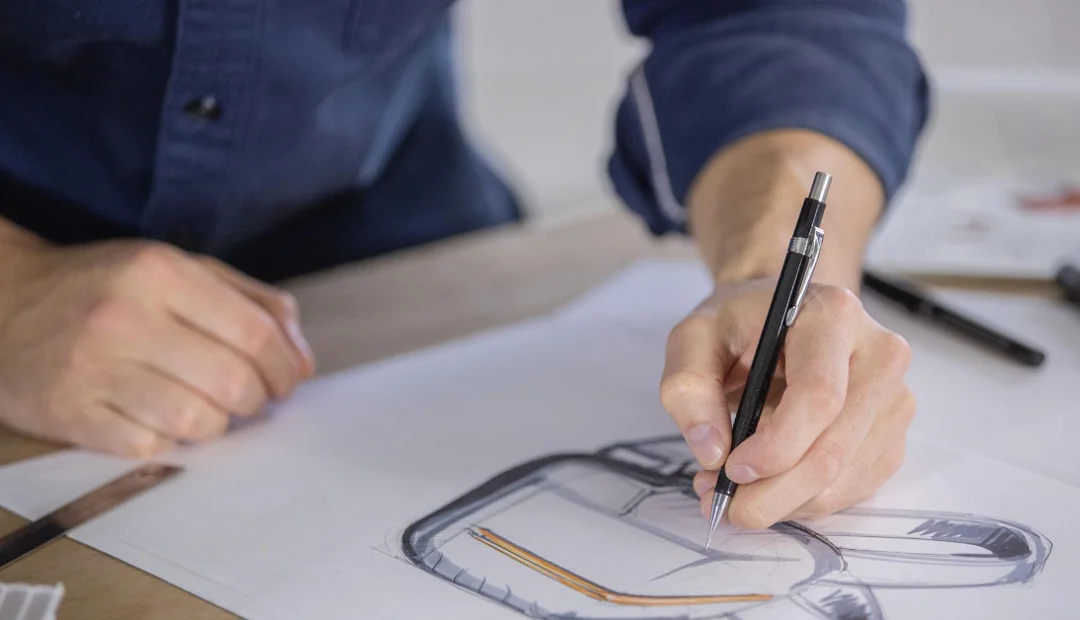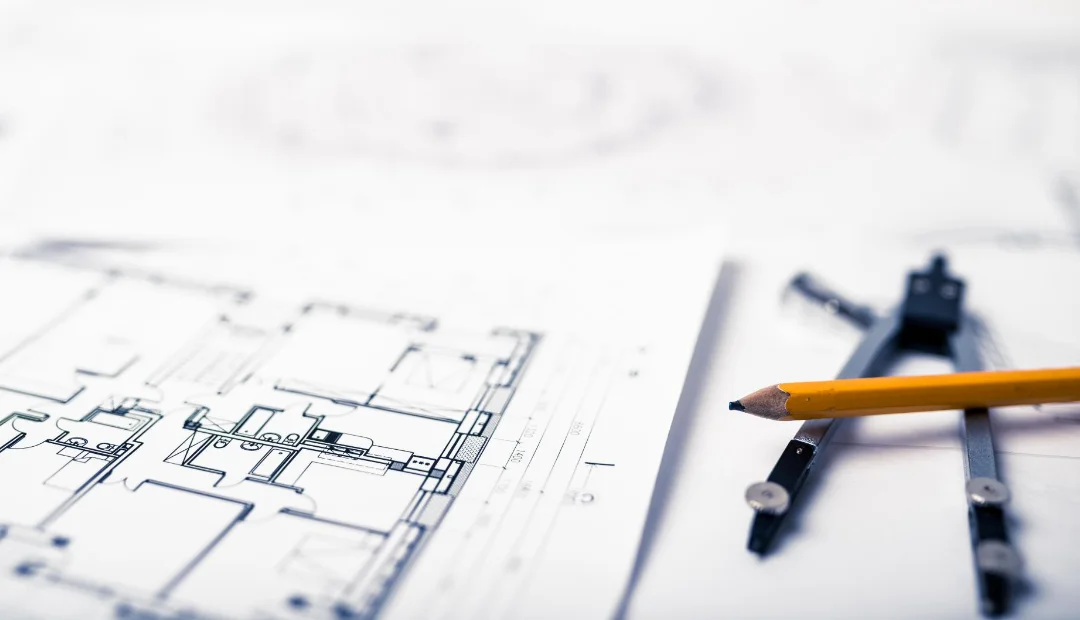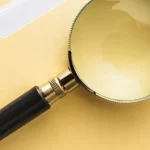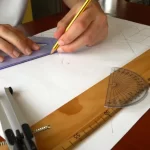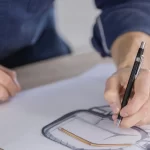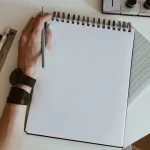Crafting Accepted Drawings: A Definitive Guide for Patent Attorneys
- October 7, 2023
- By Sarita Thomas
- Read 2 minutes
Mastering the intricacies of patent illustrations is essential for patent attorneys. Given the stringent criteria set by global patent authorities, producing a universally “accepted drawing” is paramount. This piece offers a comprehensive guide to crafting impeccable patent visuals for veteran legal professionals.
The Importance of Accepted Drawings
While the written word serves as the backbone of a patent application, drawings serve as its visual essence, clarifying and underlining the innovation in question. But not just any drawing will suffice in this context. An accepted drawing not only meets the specific technical guidelines of patent offices but is also comprehensible, clear, and precise, making it crucial for the patent application’s success.
Key Attributes of an Accepted Drawing
An accepted drawing prioritizes clarity and precision, ensuring that each component is distinctly portrayed without any room for ambiguity. It meticulously adheres to the specific guidelines set by patent offices, whether it’s the USPTO or EPO, particularly concerning format, size, and shading. Furthermore, such a drawing provides a comprehensive representation, capturing the complete essence of the invention, and ensuring its functionality and design are unmistakably conveyed.
Common Mistakes to Avoid
In the process of creating patent drawings, even experienced professionals can face challenges. One common mistake is overcomplication, leading to cluttered drawings that lack clarity. Additionally, it’s essential to keep updated with the regular guideline changes from patent offices. Failing to do so can result in drawings that don’t meet current standards. Ensuring simplicity and staying informed are crucial for effective patent illustrations.
Utility, Design, and the Accepted Drawing Conundrum
Utility and design patents have distinct requirements when it comes to drawings. For utility patents, the focus is on functional aspects, mechanisms, and processes. Here, the accepted drawing needs to meticulously depict how the invention works.
Conversely, design patents are all about the ornamental aspect and the accepted drawing for design patents should capture the aesthetic appeal, ensuring every curve, contour, and texture is vividly portrayed.
Tools of the Trade
While the essence of a drawing is its content, the right tools can make a world of difference. Software like AutoCAD and Adobe Illustrator can aid in achieving the precision required for an accepted drawing. Yet, the tool should always serve the purpose, not dictate it.
Review and Feedback: The Path to Perfection
An often-underestimated aspect of creating an accepted drawing is the review process. Seeking feedback, especially from peers or professionals specializing in patent drawings, can provide invaluable insights. It’s a proactive step towards ensuring the drawing doesn’t face rejection.
The Journey Towards Crafting an Accepted Drawing
The emphasis is often on textual details, claims, and counterclaims when taking patent laws into consideration. Yet, for senior patent attorneys, understanding and mastering the art of creating accepted drawings is a hallmark of excellence. As the adage goes, a picture is worth a thousand words. In patent law, an accepted drawing might very well be worth a successful patent application. Embracing the guidelines, understanding the nuances, and continuously updating one’s knowledge is the way forward.
